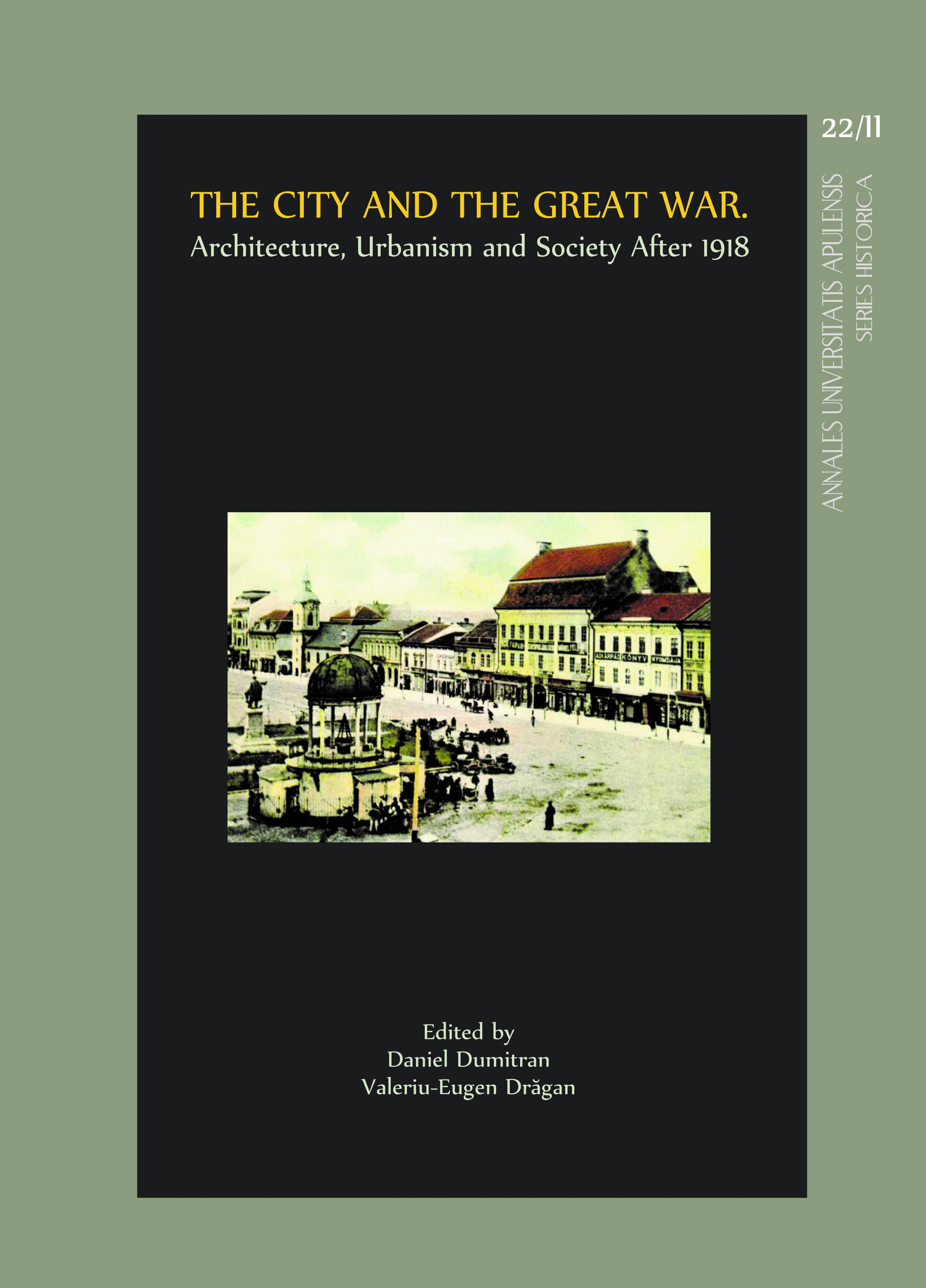Dezvoltarea orașelor României Mari în contextul împroprietăririi cu locuri de casă
The Development of Cities in Greater Romania in the Context of the Allotment Legislation
Author(s): Diana Mihnea, Irina CalotăSubject(s): Architecture, Interwar Period (1920 - 1939)
Published by: Editura Mega Print SRL
Keywords: agrarian reform; urban planning; urban expansion; new building plots; expropriations;
Summary/Abstract: The agrarian reform, promised by King Ferdinand during World War I and enacted shortly after its end, determined the introduction of the measure of allotment on a large scale, exceeding the rural context, as a specific instrument of interwar Romanian social policy. The introduction of the measure of allotment through the agrarian reform served as a precedent for the enactment of legislation regarding the distribution of building plots in the cities. Thus, in 1921, when the second phase of the enactment of agrarian reform was ending, another law that governed the distribution of building plots in all Romanian provinces was promulgated: The Law that Authorizes Cities to Sell Building Plots to Invalids, Widows with War Orphans, Public Servants, and All Ex-Servicemen. In Transylvania, its provisions overlapped some of those specified under the agrarian law of this province.The legislation regarding the distribution of building plots generated inevitable expansions of urban areas, leading to the territorial growth of more than 80 cities throughout the country. The extensions were produced at a very rapid pace, in a context of sustained attempts to introduce the systematization plan as an indispensable instrument of rational urban development. It was initially sustained by various specialists in the field and, after 1925, conducted through the administrative legislation of the country.Starting from these premises, this paper follows the legislative context of the distribution of building plots, its quantitative and qualitative impact on the development of cities during the interwar period, and the positions of various state authorities and specialists in relation to the issue of subordinating the inevitable expansions to a planned urban development.
Journal: Annales Universitatis Apulensis Series Historica
- Issue Year: 22/2018
- Issue No: 2
- Page Range: 11-43
- Page Count: 33
- Language: Romanian
- Content File-PDF

